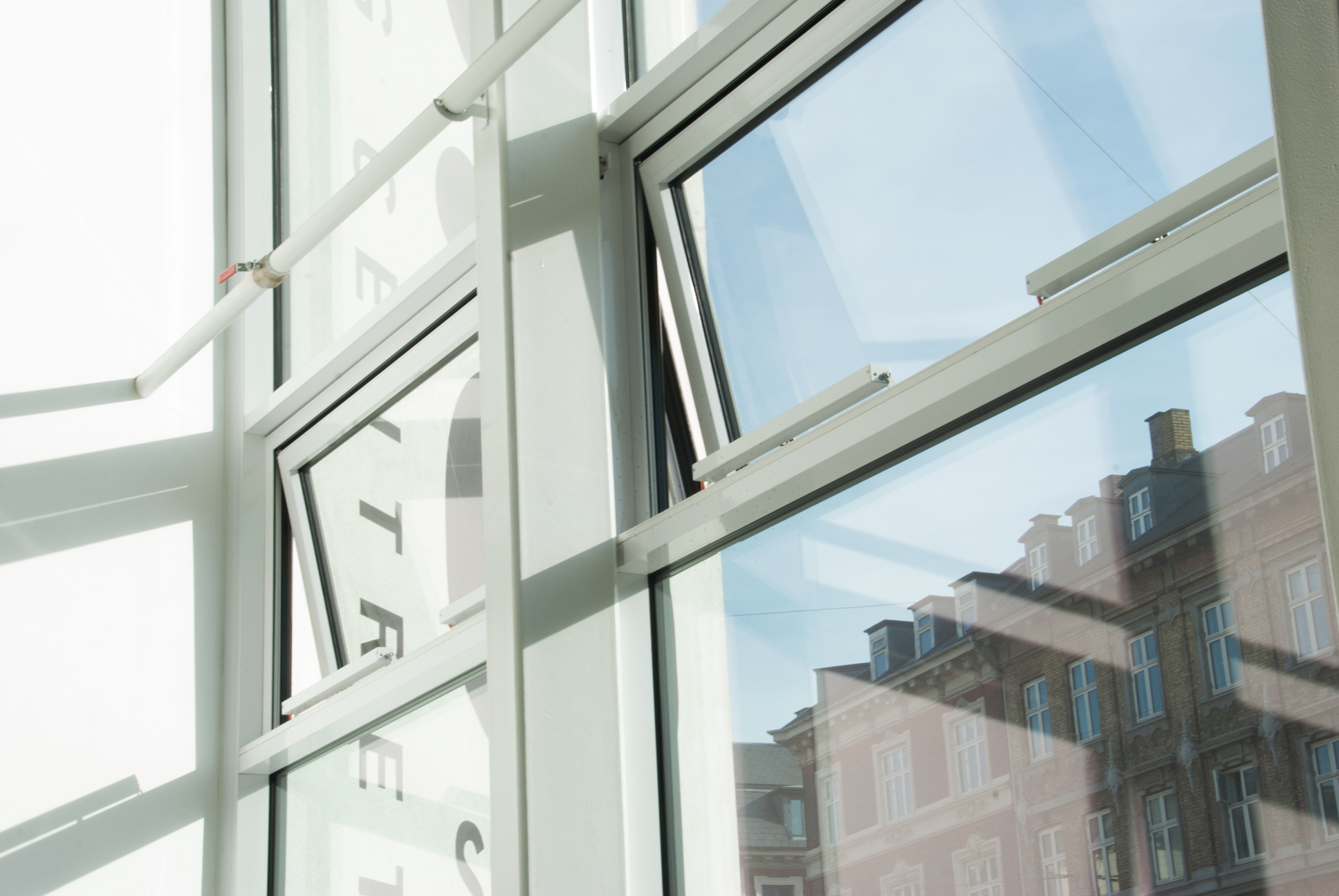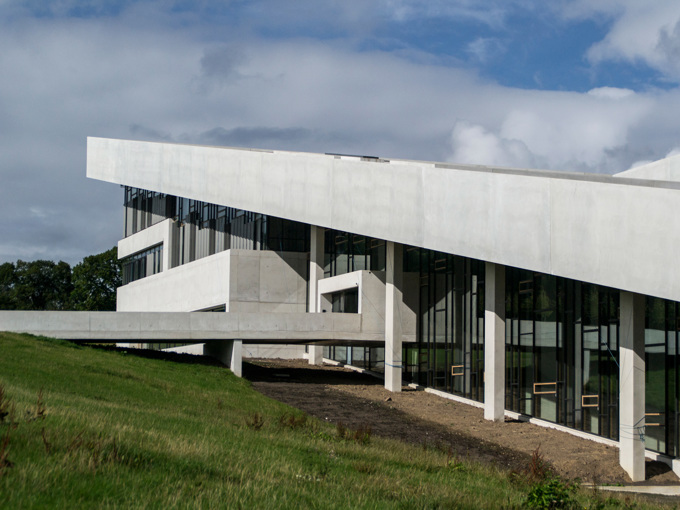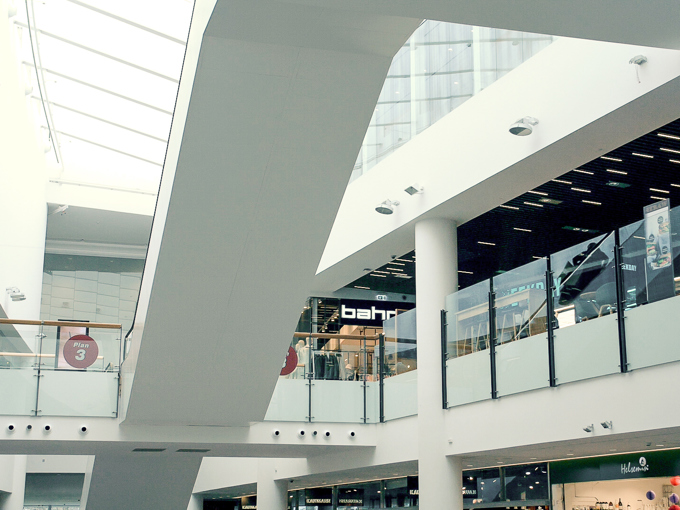With growing awareness of occupant health and wellbeing, more people are recognising that effective ventilation is crucial for a healthy indoor environment. A critical factor in this equation is indoor air quality (IAQ). Poorly ventilated spaces that lack access to fresh, circulated air are often linked to fatigue, headaches, and decreased cognitive function. At the same time, the drive to reduce energy has become a top priority for buildings of all types. This dual focus on health and energy efficiency is leading many - from commercial offices to schools, hospitals and municipal buildings, to explore natural or hybrid ventilation systems. As solutions that harness the power of fresh air while minimising reliance on mechanical components, natural and hybrid ventilation has emerged as a way to create smarter, healthier and happier spaces that benefit everyone. Whether installing a new system or retrofitting an existing one, the benefits these systems offer to both people and places are substantial.
Want to find out more?
Why not get in touch with WindowMaster’s team of natural ventilation experts. Contact us to discover how you can achieve healthier, more comfortable indoor environments.
1. Healthier Indoor Environments
One of the greatest advantages of natural and hybrid ventilation is their ability to provide a steady supply of fresh, oxygen-rich air indoors. By maintaining consistent airflow, these systems enhance indoor air quality (IAQ), creating healthier and more comfortable indoor environments overall. This is because they remove stale air, which can quickly make rooms feel ‘stuffy’, causing drowsiness, headaches, and reduced focus. This regular air exchange also reduces the buildup of indoor pollutants, including CO₂, while helping to manage humidity levels. For places of work this can mean fewer sick days and a boost in overall productivity but other spaces such as schools, healthcare facilities, and residential buildings can also benefit.
Learn more about air quality in workplaces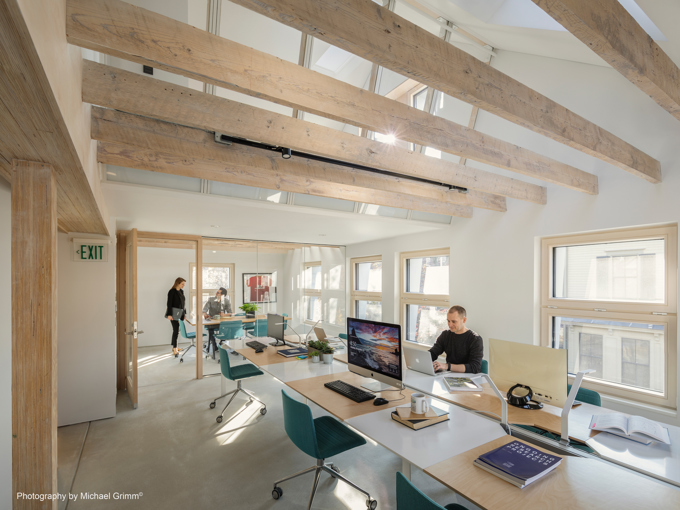
2. Maintaining the Perfect Indoor Temperature
Natural and hybrid ventilation systems are also chosen for their ability to tap into naturally available airflow to regulate indoor temperatures. In the warmer months, trapped heat can make spaces uncomfortable, while in the winter, a lack of fresh air can be bad for health. Instead of relying on energy-intensive mechanical systems to heat or cool these spaces, intelligent façade automation can control the opening and closing of windows, maintaining an optimal indoor temperature all year round. They can even monitor other factors such as humidity and outside weather, allowing them to adapt to varying conditions with ease. The upshot of this approach is that it can potentially help building owners and facilities managers achieve substantial cuts in energy consumption and reduce waste. Additionally, a stand-out feature of these systems is that they facilitate night flushing or night cooling, a process where naturally cool night air is harnessed to ventilate spaces and expel built-up heat that’s accumulated throughout the day. This method is particularly effective during the summer when daytime heat can become a problem. Instead of using energy-intensive mechanical components to rid the building of excess heat, the cold evening air does most of the heavy lifting. Again, this reduces a building’s energy demand, which can have big cost implications over time.
Discover night flushing here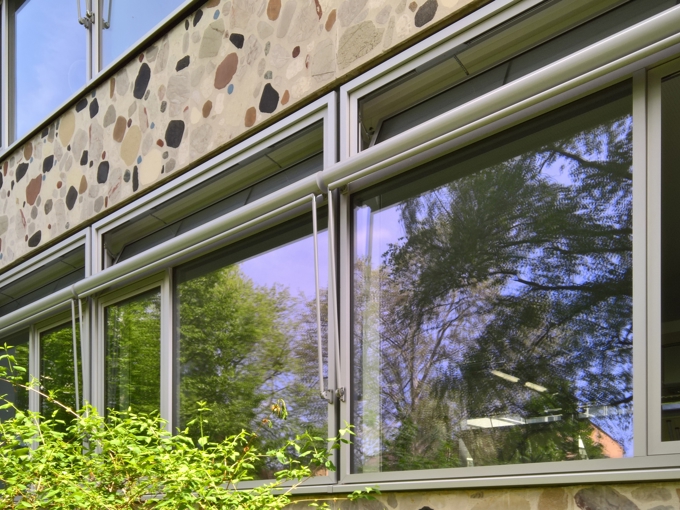
3. Cost Savings on Maintenance and Operation
Compared to fully mechanical ventilation systems, natural and hybrid solutions have fewer moving parts, which means less wear and tear and ultimately less need for expensive maintenance. Legacy systems, such as those associated with large-scale air conditioning units, often require regular servicing, filter replacements, and energy-intensive operation, which can quickly add up. However, natural ventilation systems, including hybrid systems with intelligent window actuators, can automate the control of building openings. This reduces the need for costly maintenance callouts and servicing, providing clear financial benefits for building owners.
Find out more about servicing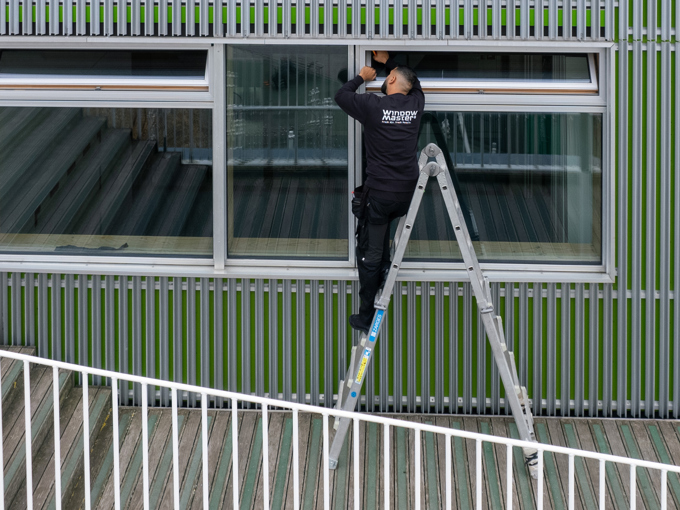
4. Enhanced Comfort Control
What’s special about natural and hybrid systems is that they offer a more adaptive and responsive approach to ventilation. For example, WindowMaster’s own systems can be adjusted in real-time based on factors such as temperature, CO₂ levels, and occupancy, giving users greater control over indoor air quality and comfort.
Combining natural ventilation systems with a Building Management System (BMS) is also a significant advantage. By making automated decisions based on real-time data, ventilation systems can easily adjust to changing conditions. This ranges from opening or closing windows when needed to adjusting airflow and maintaining optimal indoor air quality and temperature without the need for manual intervention.
This offers year-round comfort, adjusting airflow precisely. On cold days, intermittent window openings maintain warmth for fresh air circulation, while on warm days, they boost airflow automatically to prevent overheating.
Both WindowMaster’s NV Embedded® and NV Advance® are designed to interface easily with a site’s BMS, providing a seamless single-point solution.
5. Improve a Building’s Energy Rating
Investing in natural and hybrid ventilation systems can also contribute positively to a building’s energy consumption, depending on its size, layout, fabric and location. This makes for a more attractive proposition, helping to improve the bottom line through likely lower energy bills - a crucial consideration given the unpredictability of energy prices. Governments and regulatory bodies are also tightening up on energy efficiency and carbon emission regulations. Buildings equipped with advanced natural or hybrid ventilation systems are better positioned to meet these evolving requirements and handle rising energy costs, ensuring long-term stability and value.
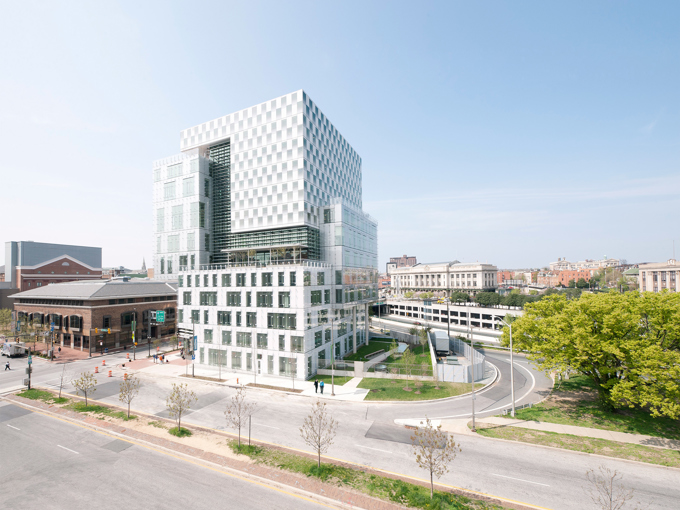
“Natural ventilation isn’t just about fresh air—it’s about designing healthier, more productive spaces where people can truly thrive. At WindowMaster, we see first-hand how our systems improve the day-to-day lives of employees while potentially reducing energy costs and emissions. In a world where occupant welfare is becoming so important, ensuring comfortable, healthy environments in which to work, rest and play has become a non-negotiable. Natural ventilation stands out as a solution that, when specified in a wider wellbeing-first design, can achieve this.”

Kasper Højmark Ravn
Building Performance Engineer
